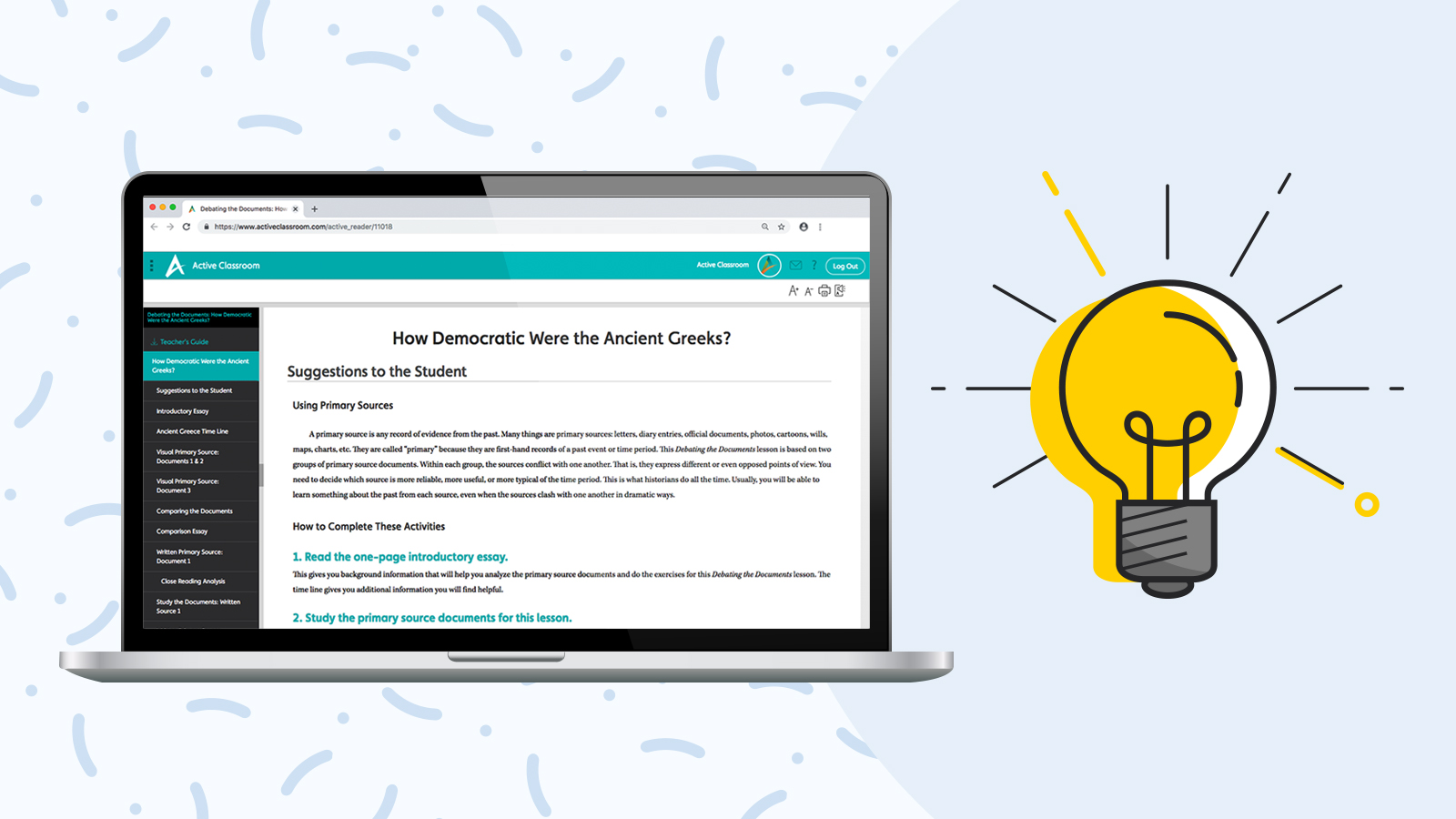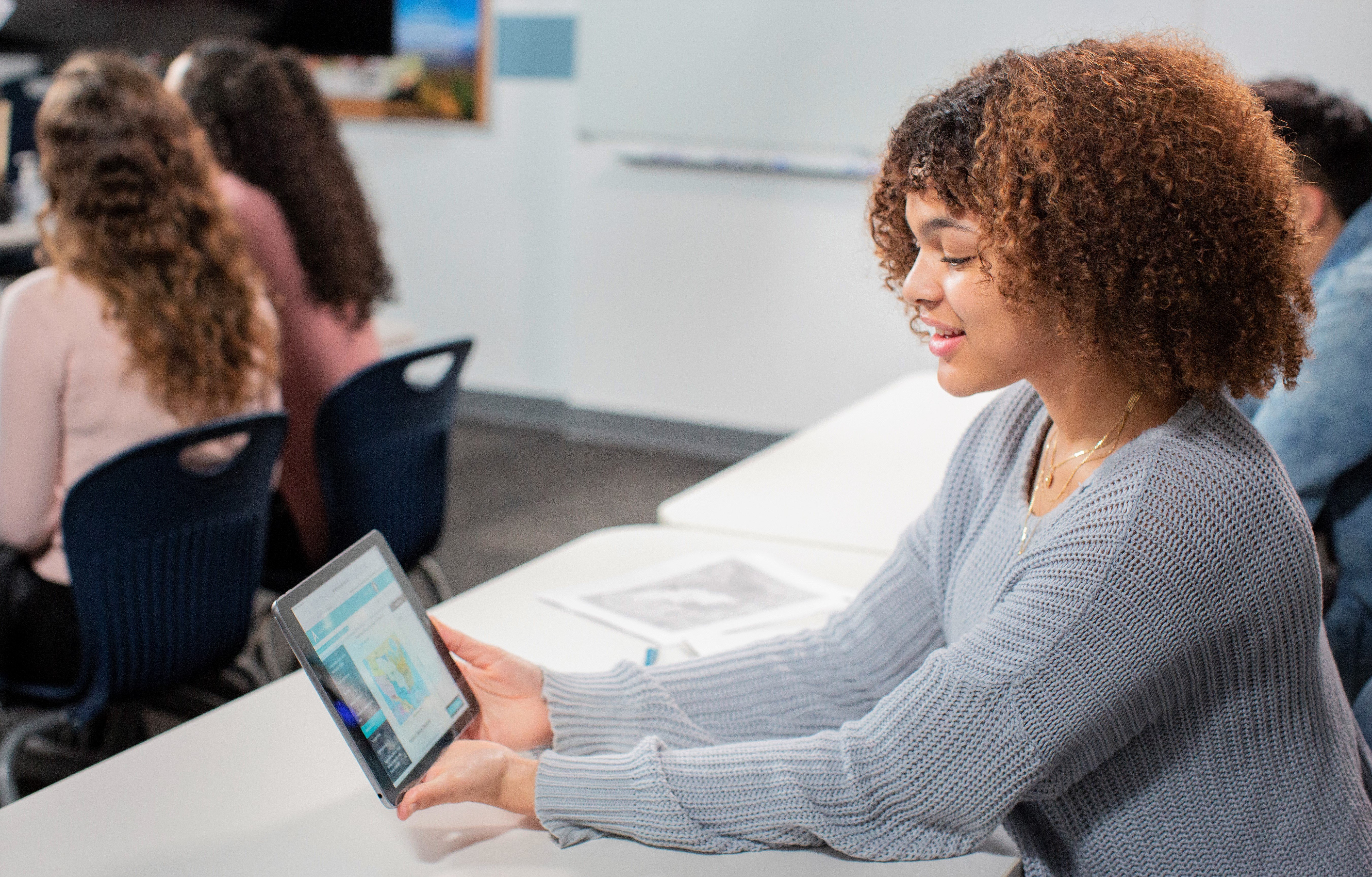
Thinking is hard. At least, that is what our students tend to believe. They sigh when we ask them to complete a research assignment, or to write an analytical essay. Even the most basic questions asked of them, can be responded with a grunt.
As I write this, my students are working on a career research project. One student claimed that he did not know three things that a musician did (even though that is what he wanted to be), and another claimed he did not know why a mechanical engineer would be beneficial for a community (even though that was his chosen career path). They do not want to think through these problems.
Students want to be given the answers without thinking about it. And, who can fault them really? Children are growing up in a world where they have easy access to information, products, and entertainment. However, this is why it is crucial to teach our students how to think critically. They need to be able to stand on their own two feet when it comes to finding information or solving problems. As social studies teachers, we can do our part in helping our students fine tune their brains and grow critical thinking skills through our classes. Active Classroom has many series that offer ways to sharpen critical thinking skills, and, the below are some of my favorite to utilize in the classroom.
Decision Making in History
This series is one of my “go-to” activities when planning a history lesson. In a nutshell, Decision Making in History presents students with a historical problem, scenario, or situation, and offers multiple solutions for students to “mull over” to help decide how they would solve the issue. I love this series because it creates opportunities for teachers to discuss the problem-solving process with students, as well as, allow students to make decisions independently or in a group to solve historical problems. However, as we all know, history tends to repeat itself, so these problems can relate to real-life issues and current events. Students actively think through a problem and contemplate as a team what would be the best solution. At the end of the activity, the teacher reveals what happened in real-life, and what the historical figures did to try to resolve the issue.
History’s Mysteries
The History’s Mysteries series are fun activities that engages students, and is even enjoyable for the teacher. Throughout the activities, students must do a different kind of thinking. They must think like a criminalist to solve “the crime of the times.” Students are presented with a case file that contains a crime scene, police report, and detective notes. The goal is for your students to examine and analyze the evidence to solve the mystery. They go through a step-by-step process of gathering information, analyzing photographs, and reading case files to figure out what happened during that historical time period. This is a unique series because it gives students the opportunity to think and do the work of a criminalist, a profession that may spark their interest and enlighten a career path.

Debating the Documents
The activities in Debating the Documents are rich is developing many student skills: analyzing, debating, writing, which, in turn, fosters critical thinking. First, students must analyze sets of primary sources, examining photographs, close-read documents, or both. Then, they must decide which set of sources would be most useful to a historian studying that time period. But, students are not done with this activity just yet. They must justify why they chose a particular set, which can be difficult because both sets could be useful. Students need to be able to back up their choices, and really think about the value of primary sources.
Conquering Close Reading
Conquering Close Reading is great series to help students apply critical thinking skills and analyze what they read. The activities are intended to be used with Joy Hakim’s Freedom: A History of US; however, they are just as beneficial as stand-alone assignments. In each activity, there is a snippet of reading, followed by several close reading strategies to help students dig deeper into the text. Strategies include: “wrecking the text,” “read with a pencil,” and citing evidence, just to name a few.
History Unfolding
History Unfolding is another series that I have used with success in my classroom, especially with middle-school aged students. Basically, students examine images by answering increasingly complex analysis questions. What I love about this series is the flexibility it offers in how you present the material to the class. I have done it in many different ways: from presenting the information in a whole class format, to setting up images around the room and having students analyze them in a rotation. But, not only is the presentation flexible, my class has seen some great discussion as a result of analyzing these images. Students who would not normally speak out in class would offer great, insightful thoughts that would keep us engaged as a class.
Sure, thinking can be hard for students, but if we give them the right tools to help them grow this essential skill, we can start to see them transform into more independent thinkers.
What successful critical thinking activities have you used in your classroom?
Not an Active Classroom user?
You can try it now with a free 30-day trial.
Jessica Hayes has been teaching for five years. She completed a bachelors’ degree in Social Science Education at Auburn University in 2009, and a master’s degree in English Education from Jacksonville State University in 2014. Recently, she has received her Instructional Leadership certificate. In her work as a certified trainer for Active Classroom, she builds curriculum maps and trains educators on using the program. In her spare time, she loves reading and learning new technology/productivity skills.


I am a retired 45 year+ teacher which includes being a literacy facilitator/ administrator. I am transitioning back to the classroom next fall. Currently taking courses (S.S./Lang.Arts/Tech) for teacher license renewal. Your information will be very helpful to help teachers and students.